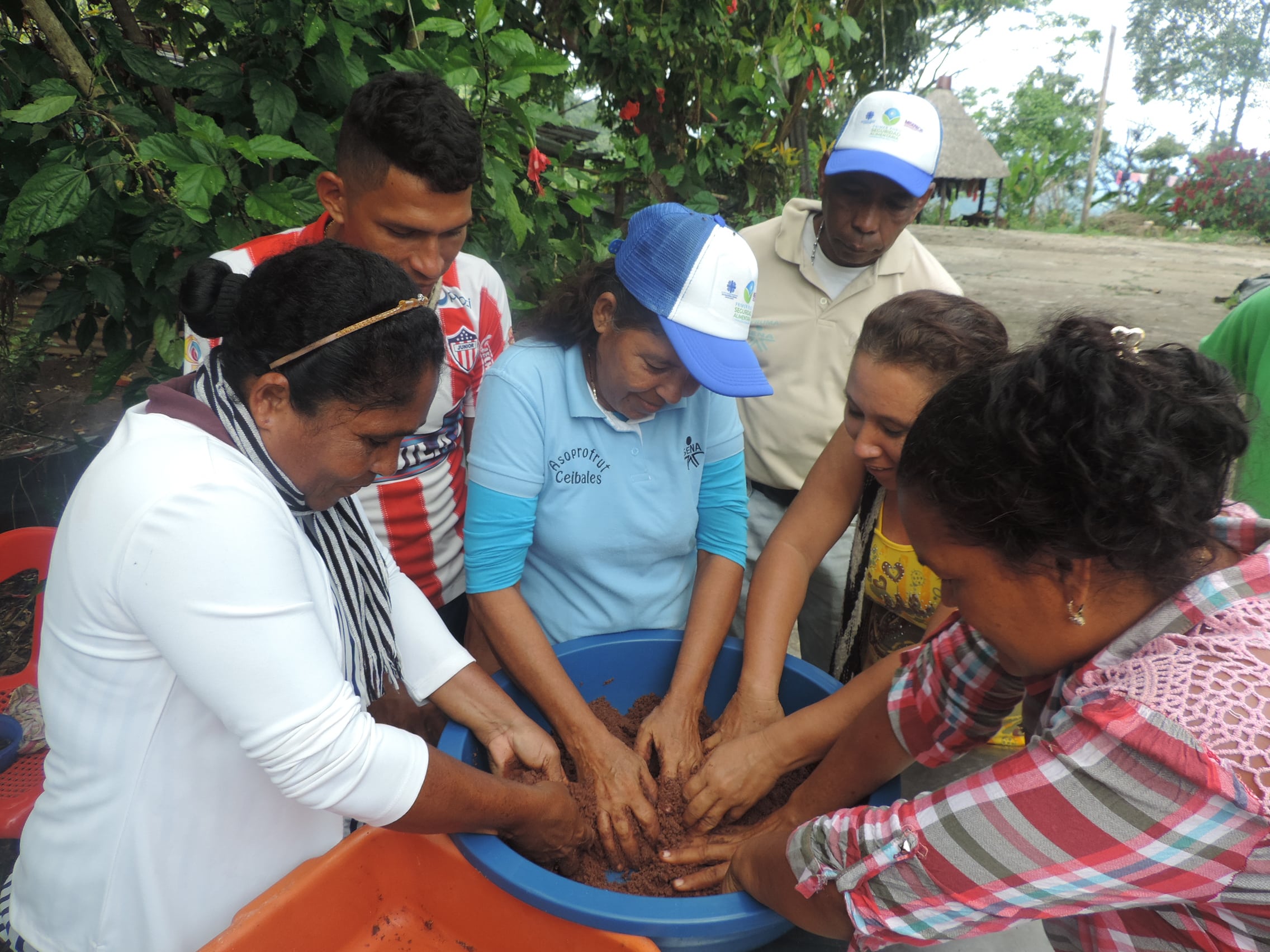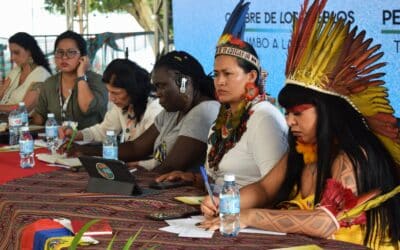Por Simone Lovera, Coalición Mundial por los Bosques
Publicado originalmente en ECO volumen 61, número 1
A primera vista, el borrador cero del Marco Global de Biodiversidad posterior a 2020 parece un documento maravilloso, pero al estudiarlo más de cerca se pueden encontrar un par de contradicciones bastante perturbadoras. Para empezar, existe la gran contradicción entre los ambiciosos objetivos generales que se proponen para los ecosistemas, las especies y los genes, y los objetivos de acción más bien poco ambiciosos y ambiguos que se proponen para las herramientas y medidas reales para generar estos éxitos. Desde un punto de vista científico, las cosas simplemente no cuadran.
Continuar leyendo en ingles…
There is also the Great Contradiction between the ambition to foster a rights-based approach in the theory of, and the rather meager treatment of rights-holders and their rights in the draft itself. The rights of women, Indigenous Peoples, local communities and youth all seem to come as an afterthought in the zero draft rather than being recognized as a cornerstone of biodiversity policy. Adding insult to injury is the sudden reappearance of the concept of “strict conservation” in the zero draft, a 19th century approach to biodiversity conservation that has been responsible for an estimated 130 million conservation refugees over time. Going back to ‘strict conservation’ is going back to zero indeed from a rights-based approaches perspective, and it is actually quite astonishing the co-chairs are ignoring 28 years of CBD decisions, and numerous UN and IUCN resolutions by
re-introducing this concept.
There is the Great Contradiction between the pretense of taking a science-based approach and the incorporation of the “net” approach in the document, even though there is no scientific evidence for the assumption that one could simply compensate one species with another species, or one ecosystem for another ecosystem for that matter. Unless one wants to treat biodiversity as a Nature-based Solution for any commercial problems businesses might face, of course, but then we are talking about an entirely different kind of science.
And last but not least, there is the Great Contradiction in resource mobilization. Sure, developed countries have an obligation under the CBD to provide new and additional resources to support developing countries with implementing their biodiversity strategies. But as long as these resource flows are dwarfed by the massive perverse incentives and direct investments developed and developing countries are making into biodiversity destruction, it actually does not make so much sense to invest in biodiversity conservation. As explained above, one cannot compensate one species that goes extinct due to a destructive road (or belt…) project with an entirely different species conserved in an entirely different part of the country. It has to be recognized that the redirection of perverse incentives and the divestment from projects and schemes that cause biodiversity harm are a sine qua non for resource mobilization.
It is to be hoped the experts who gather in Rome this week will detect these contradictions and redesign the zero draft into a genuinely coherent strategy. For only a strategy that is internally coherent can provide a firm basis for a whole-of-government approach to biodiversity conservation and restoration.




